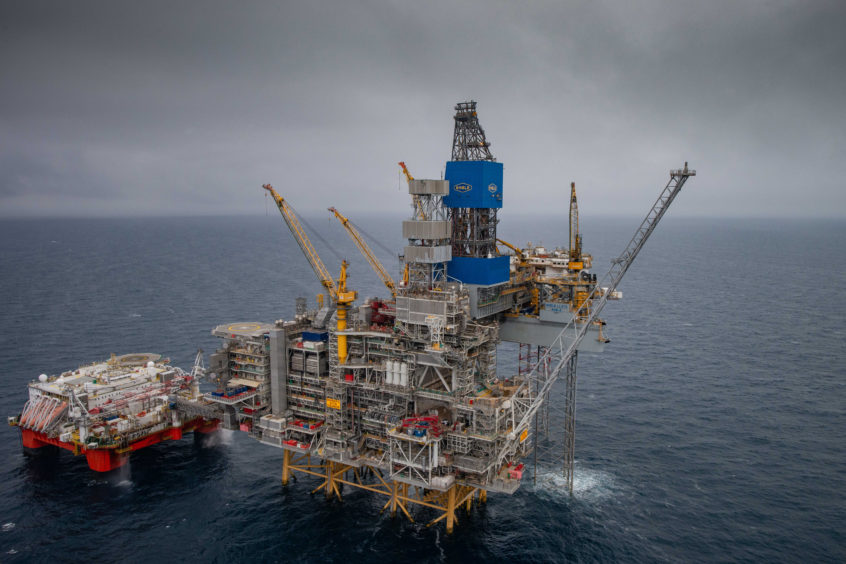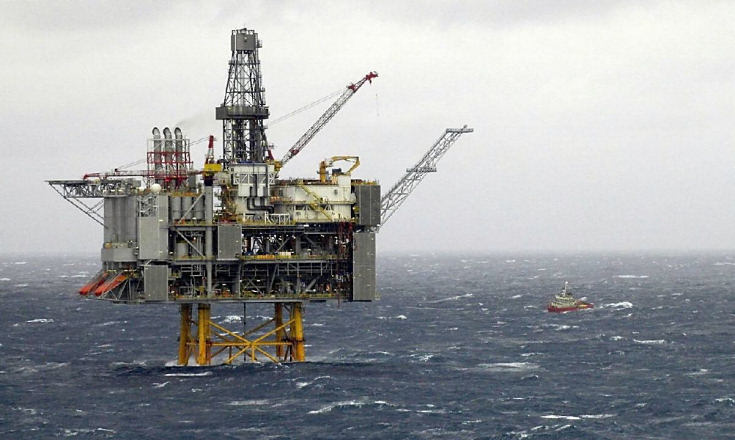
There are only six big-spend projects expected for the UK North Sea and West of Shetland in the coming years, meaning limited opportunity for big players to benefit from windfall tax offsets.
Meanwhile analysts have pointed to a “general dourness about investing in the UK” as political uncertainty puts off new players.
Analyst firm Welligence said only six projects out to 2025 have “material spend” of more than $500m.
Those are the BP-operated Clair and Clair Ridge in the West of Shetland, alongside Equinor Rosebank and Ithaca Energy-operated Cambo in the same region.
The remainder is made up of Equinor’s Mariner in the Northern North Sea and Ithaca Energy’s Captain enhanced oil recovery programme in the Moray Firth.
Jon Corr, head of North Sea at Welligence was discussing large-scale independent Harbour Energy, saying: “If you don’t have equity in these, when you’re of Harbour’s scale, it’s very difficult to offset the EPL (Energy Profits Levy/ Windfall Tax).”
Under the EPL, companies can claim back investment incentives of 91p for every pound spend on new projects – but having the spending pipeline is key.
That’s why companies like Harbour Energy, the largest player in the UK, are exposed by the 75% headline tax rate under the 35% EPL, hiked from a 25% EPL in November.
“People are now telling us ‘Why would we invest there? It makes no sense’”
But there’s a risk that a new government under Labour, expected to ascent in a 2024 general election, the tax will be hiked further and the investment incentive will be scrapped.
Paul Weidman of consultancy Gneiss Energy said: “People that were looking at the UK are now telling us ‘Why would we invest there? It makes no sense.’
“I think everyone’s fear in the industry is that Labour will repeal the investment allowance uplift, which does affect these projects fairly significantly.
“You’re now just paying 75% tax and not getting any huge benefit for investing.
“I think certainly, from the development process, that is weighing on everyone’s minds.
“Everyone thought things couldn’t get worse in May, they got worse in November, and people think they’ll continue to get worse. They think they’ll repeal the investment allowance uplift and increase the tax rate.
“So there’s a general dourness about investing in the UK.”
Only six?
Although there’s only six big-spend projects coming up, judging them only by their size is too simplistic an approach according to OEUK.
The trade body highlights that the majority of projects in the UK are now smaller tie-backs, with plenty of value to be extracted.
Market intelligence manager Ross Dornan said: “Our surrounding seas have benefited from decades of investment which has created an infrastructure ideally suited to developments on a wide range of scales.
“Some of these are relatively large. That includes Rosebank, Cambo and West of Shetland which will provide the UK with energy for years to come.
“But this is a maturing basin. Most of the largest resources have been exploited already but the UK has a wide range of emerging opportunities. Many are smaller in nature but that does not mean they are less important. Sometimes a smaller project is much easier to bring to market.
“That is because, thanks to the investments already in place, such as pipelines and processing facilities, these new projects can be progressed quicker. Some can go from approval to production within a year. Abigail (Ithaca Energy for example) moved from approval to production last year within 10 months.
“Small projects can have lower carbon intensity as they will make use of existing infrastructure.
“They also help sustain late life infrastructure into the future – important for ensuring pipelines and platforms have the potential to be reused for CCS / Hydrogen etc after making the most of the oil and gas resources.”
Recommended for you



 © Supplied by Newsline Media
© Supplied by Newsline Media